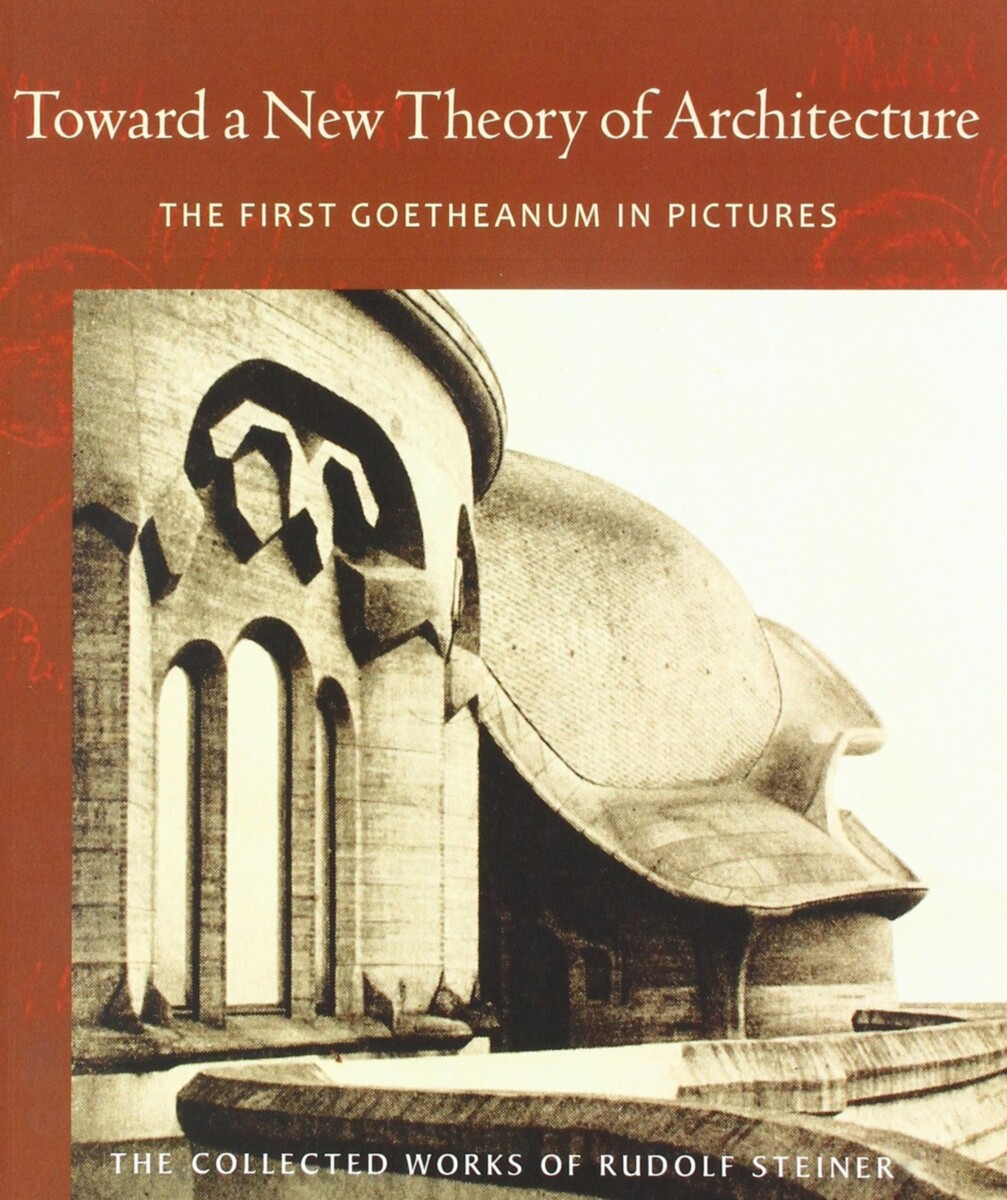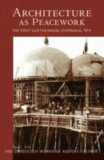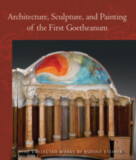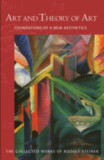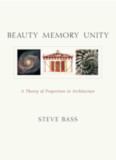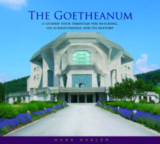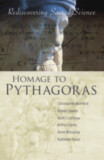Toward a New Theory of Architecture
The First Goetheanum in Pictures (CW 290)
- Publisher
SteinerBooks - Published
1st February 2017 - ISBN 9781621480976
- Pages 226 pp.
- Size 7.75" x 9.25"
- Images 100
An introductory lecture with slides, Bern, Switzerland, June 29, 1921 (CW 290)
Rudolf Steiner gave thousands of lectures in his lifetime, usually without notes, and, with very few exceptions, with nothing more than chalk and a blackboard if he chose to accompany his speech with some kind of visual illustration. A notable exception is the presentation that constitutes the main part of this book. Given in June 1921, in Bern just eighteen months before its tragic destruction by fire, this lecture and slide show (consisting of a hundred slides) is both the closest thing we have to a guided tour of the original Goetheanum by its architect and a profound statement of artistic purpose.
In addition to the lecture and slide show that comprise the main content of this volume, the introduction by John Kettle serves to place Steiner’s artistic contribution to architecture in the context of early twentieth-century Expressionism and Organicism. Frederick Amrine’s thorough bibliographic essay highlights the most important secondary literature on Steiner’s architecture and provides a sound entry to further exploration and study.
This book is translated from the 3rd revised German edition, Das Goetheanum als Gesamtkunstwerk: Rudolf Steiner, Der Baugedanke des Goetheanum: Einleitender Vortrag mit Erklärungen zu den Lichtbildern des Goetheanum-Baues gehalten in Bern am 29. Juni 1921,Verlag am Goetheanum, 1986.
C O N T E N T S:
Introduction: “The Architecture of the Future” by John Kettle
“Goethe and Goetheanism” essay in Das Goetheanum, March 25, 1923
“The Architectural Idea of the First Goetheanum”: lecture with slides in Bern, June 29, 1921
Appendix 1: Addendum to the Discussion of Slide 7
Appendix 2: Emil Berger’s “Urachromes” of the Paintings in the Cupolas
Appendix 3: Color Drawings by van Bemmelen
Appendix 4: Bibliographic Essay by Frederick Amrine
Rudolf Steiner
Rudolf Steiner (b. Rudolf Joseph Lorenz Steiner, 1861–1925) was born in the small village of Kraljevec, Austro-Hungarian Empire (now in Croatia), where he grew up. As a young man, he lived in Weimar and Berlin, where he became a well-published scientific, literary, and philosophical scholar, known especially for his work with Goethe’s scientific writings. Steiner termed his spiritual philosophy anthroposophy, meaning “wisdom of the human being.” As an exceptionally developed seer, he based his work on direct knowledge and perception of spiritual dimensions. He initiated a modern, universal “spiritual science” that is accessible to anyone willing to exercise clear and unbiased thinking. From his spiritual investigations, Steiner provided suggestions for the renewal of numerous activities, including education (general and for special needs), agriculture, medicine, economics, architecture, science, philosophy, Christianity, and the arts. There are currently thousands of schools, clinics, farms, and initiatives in other fields that involve practical work based on the principles Steiner developed. His many published works feature his research into the spiritual nature of human beings, the evolution of the world and humanity, and methods for personal development. He wrote some thirty books and delivered more than six thousand lectures throughout much of Europe. In 1924, Steiner founded the General Anthroposophical Society, which today has branches around the world.


